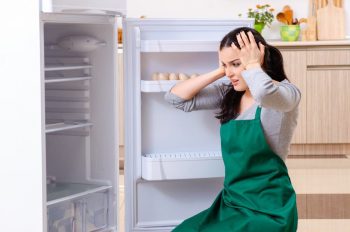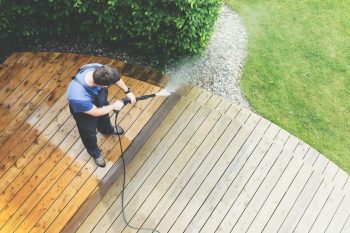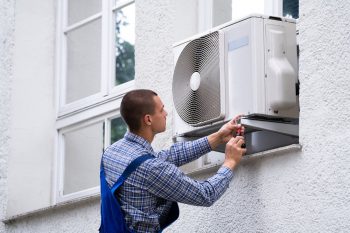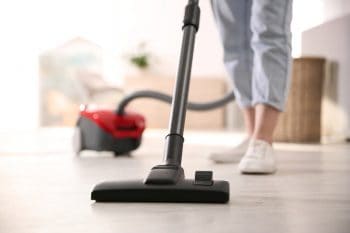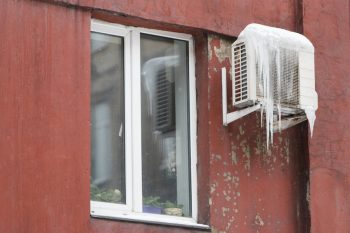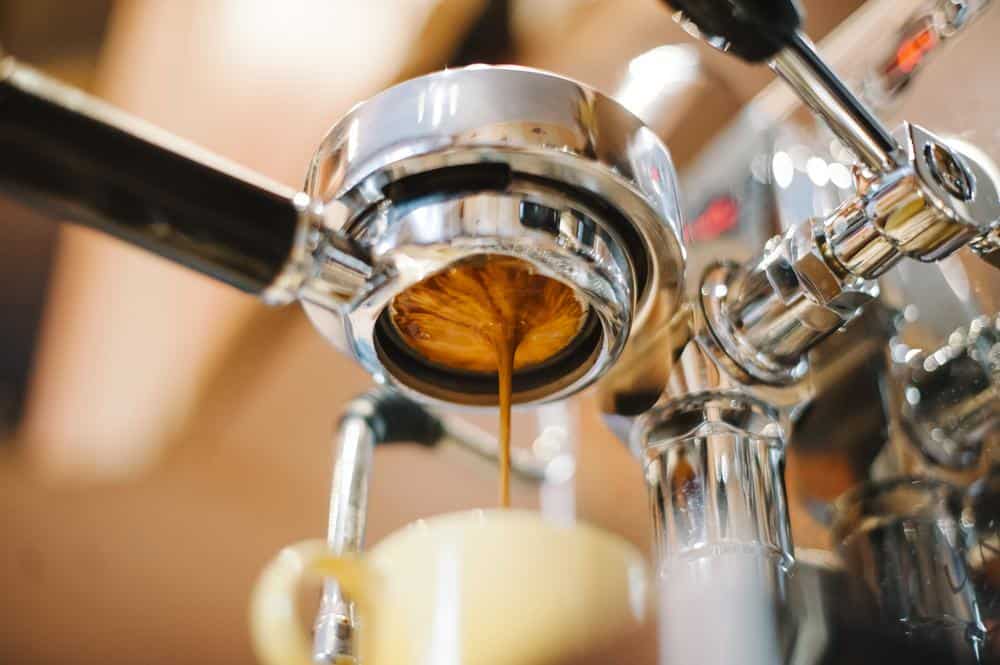
Using an espresso machine may seem daunting, but with the right guidance, anyone can become a home barista. In this comprehensive guide, we’ll cover everything you need to know about using an espresso machine to make the perfect shot of espresso, from understanding the basic components to troubleshooting common issues.
To use an espresso machine, start by understanding its components and preheating it. Next, measure and grind your coffee beans, fill the portafilter, and attach it to the group head. Start the extraction process, monitoring the shot for color and flow. If making a latte or cappuccino, steam milk by aerating and heating it with the steam wand. Regular cleaning and maintenance are crucial for optimal performance.
Understanding the Basic Components of an Espresso Machine
Before diving into the process of making espresso, it’s crucial to understand the basic components of an espresso machine:
- Boiler: The boiler heats the water and creates the pressure needed to brew the coffee.
- Group Head: This is where water from the machine enters the portafilter.
- Portafilter: This holds the coffee grounds and attaches to the group head.
- Steam Wand: This tool is used for steaming and frothing milk.
- Drip Tray: This collects any excess water or coffee.
- Hot Water Tap: This tap dispenses hot water for other beverages.
- Pressure Gauge: This measures the pressure inside the boiler.
- Bean Hopper: This is where the coffee beans are stored before grinding.
Knowing each part’s function will help you operate the machine correctly and troubleshoot any issues that may arise.
Preparing the Espresso Machine for Use
Before brewing, it’s important to prepare your espresso machine. Start by turning on and preheating the machine, which can take up to 25 minutes for some models. During this time, preheat your cup by running hot water through it or placing it on the machine’s cup warmer.
Next, clean and dry the portafilter and basket. This ensures that no residual coffee grounds or oils affect the taste of your espresso. Finally, measure and grind your beans using a burr grinder, which provides a consistent grind size.
Making the Perfect Shot of Espresso
Once your machine is prepared, it’s time to make the espresso. Here’s a step-by-step guide:
- Measure and grind the beans: Use a scale to measure the appropriate amount of coffee beans. For a single shot of espresso, use approximately 6-8 grams (1.5-2 teaspoons) of ground beans.
- Fill the portafilter: Pour the ground coffee into the portafilter, then use a tamper to evenly and firmly press the grounds.
- Attach the portafilter to the group head: Securely lock the portafilter into the group head of the machine.
- Pull the shot: Start the extraction process. A single shot should take around 15-20 seconds.
- Monitor the shot extraction: Look for a dark, chocolatey brown color and a smooth, even flow.
- Stop the extraction: Once you’ve reached the desired volume of espresso, stop the extraction process.
Remember to taste your espresso and adjust your technique as needed to achieve your desired flavor profile.
Steaming Milk for Lattes and Cappuccinos
If you’re making a latte or cappuccino, you’ll need to steam milk. Here’s how:
- Fill a milk pitcher: Pour cold milk into a small metal pitcher, filling it about halfway.
- Position the steam wand: Place the tip of the steam wand about ½ inch below the surface of the milk.
- Aerate the milk: Open the steam valve for about 5 seconds to introduce air into the milk and create foam.
- Heat and spin the milk: Tilt the pitcher and submerge the wand tip to spin and heat the milk. Continue this process until the milk reaches a temperature of 135 to 150 degrees Fahrenheit.
Troubleshooting Common Issues
Even with careful preparation, you may encounter some issues when using an espresso machine. Here are some common problems and their solutions:
- Coffee dispensing too quickly or slowly: This can be due to the grind size or how the coffee is packed. Adjust the grinder to make the coffee grains coarser or tamp the coffee with less pressure.
- Machine not producing enough steam: This can be caused by a clogged frother or steam tube. Clean these parts regularly to prevent clogs.
- Leaking machine: Leaks can be caused by a blocked drain hose or internal pipe. Check these parts for obstructions and clean or replace them as needed.
Regular Cleaning and Maintenance
To keep your espresso machine in optimal condition, clean it regularly. Perform daily maintenance such as wiping the basket and rinsing the portafilter, and deep clean at least once a week.
By following these steps, you can become a proficient home barista. Remember, making great espresso takes practice and patience, but the results are worth it. Enjoy your delicious homemade espresso!
Frequently Asked Questions
What kind of coffee beans should I use for espresso?
You can use any type of coffee beans to make espresso. However, darker roasts are traditionally used as they produce a stronger flavor and crema. The important factor is to ensure the beans are fresh for the best taste.
How often should I replace the water in my espresso machine’s boiler?
It’s recommended to replace the water in your espresso machine’s boiler every day if you’re using it frequently. Stale water can affect the taste of your espresso and potentially cause mineral buildup in your machine.
How tight should I tamp the coffee grounds in the portafilter?
Tamping the coffee grounds should be firm but not overly tight. The ideal pressure is typically about 30 pounds. If you tamp too hard, the water will struggle to penetrate the grounds, resulting in a weak, under-extracted espresso. If you tamp too lightly, the water will flow through too quickly, leading to over-extraction.
What is the ideal temperature for brewing espresso?
The ideal temperature for brewing espresso is between 195 and 205 degrees Fahrenheit (90-96 degrees Celsius). Most espresso machines will heat the water to this temperature range automatically.
Why is my espresso bitter or sour?
Bitterness in espresso is often a sign of over-extraction, which can occur if your grind is too fine or your shot pulls for too long. Sourness, on the other hand, often indicates under-extraction, which can be caused by a coarse grind or a shot that pulls too quickly. Adjusting your grind size and extraction time can help balance the flavors in your espresso.


